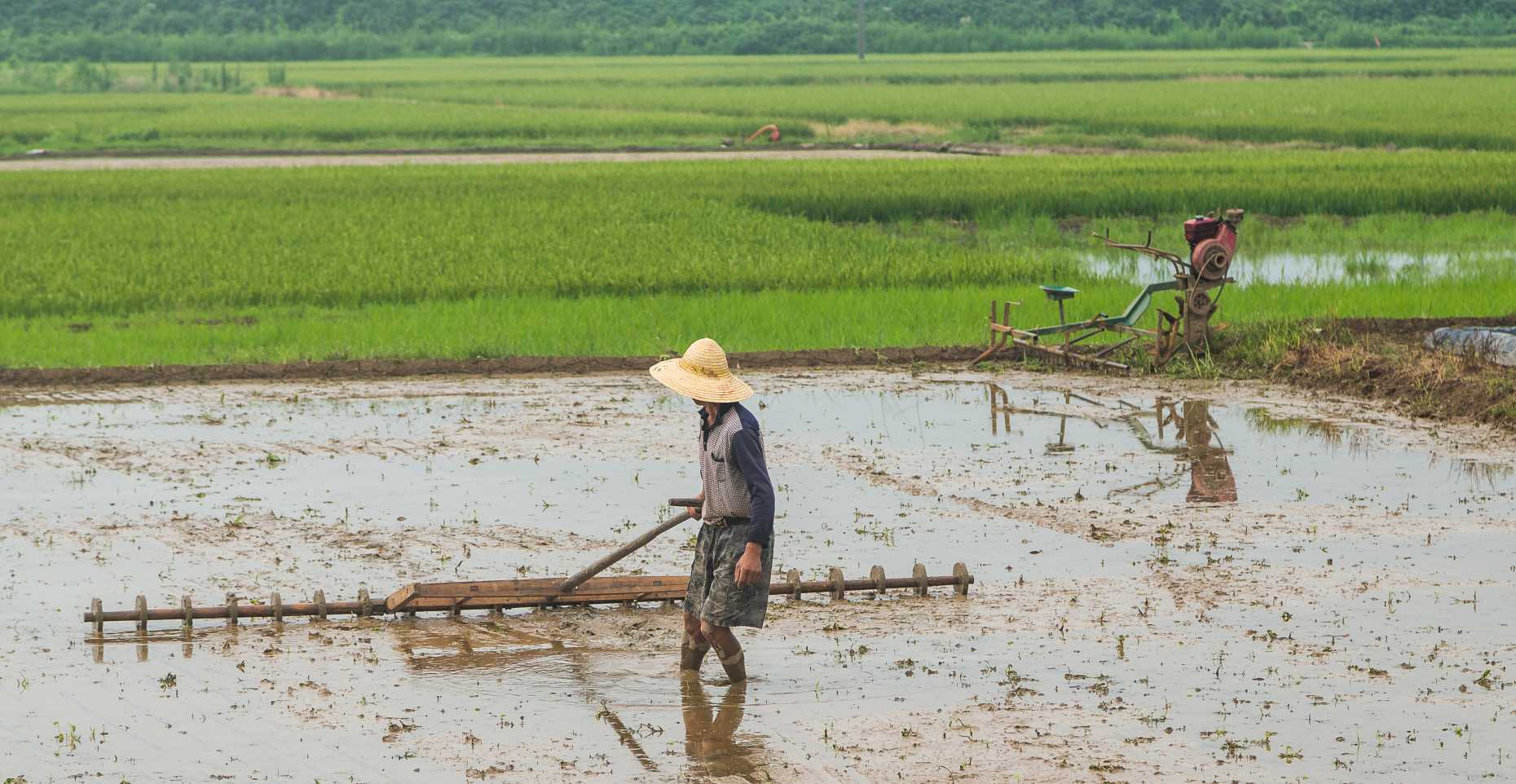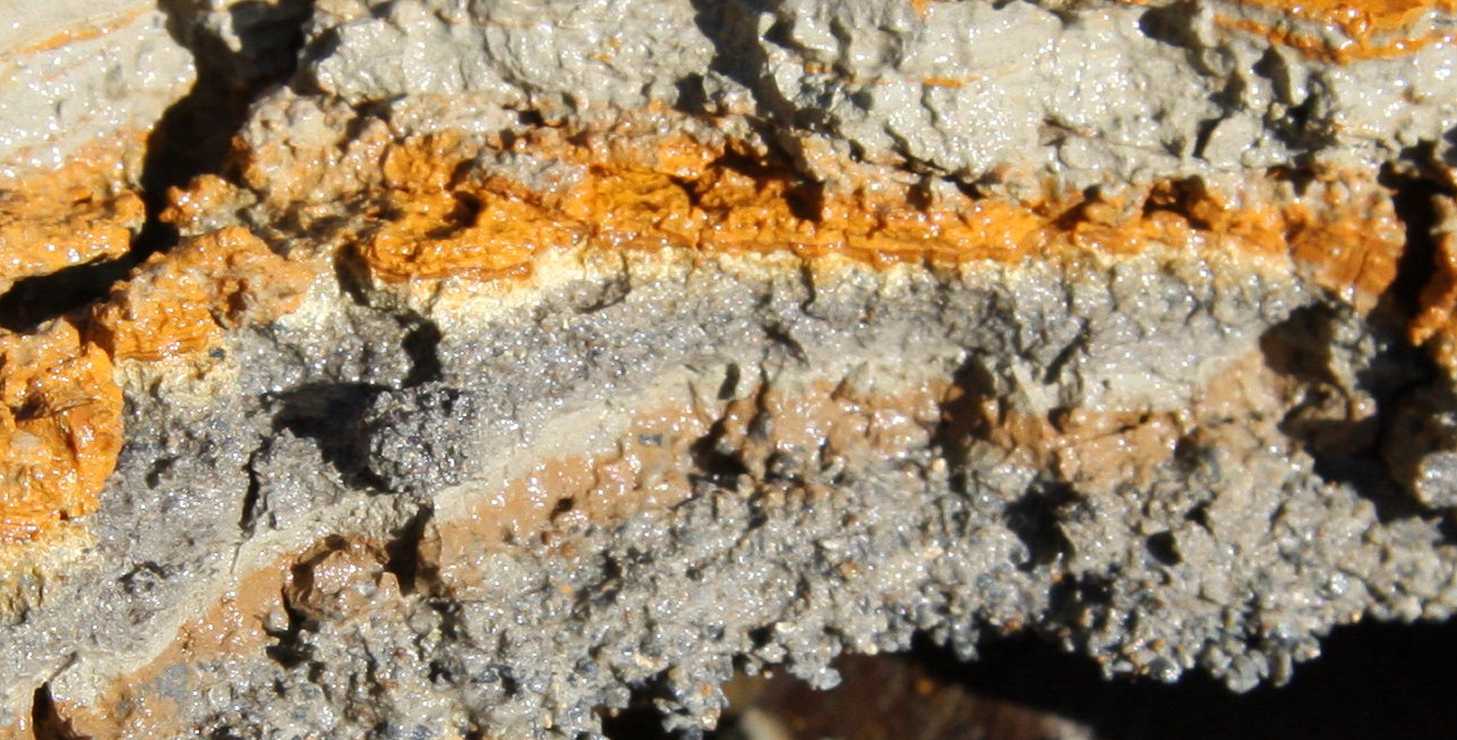ERC Advanced Grants at D-USYS: Ruben Kretzschmar and the IRMIDYN project
- World food system
- Institute of Biogeochemistry and Pollutant Dynamics
- D-USYS
Ruben Kretzschmar and Heini Wernli, two of a total of ten researchers at ETH Zurich, have received a prestigious Advanced Grant this year from the European Research Commission (ERC). Both research teams have now commenced their work. In this report we are initially introducing one of the projects: IRMIDYN led by Ruben Kretzschmar.
To-date, transformation processes of iron minerals have primarily been investigated with model-based systems using synthetic minerals and in agitated suspensions. Only very few research projects have actually been able to analyse such processes in situ in complex soils and sediments. For instance, we do not know whether – and how rapidly – specific recrystallisation and transformation processes of iron minerals, that have been observed in the laboratory, actually take place in soils and sediments. It is also not well understood which environmental factors control these processes. With his IRMIDYN (Iron Mineral Dynamics in Soils and Sediments) project, Ruben Kretzschmar, Professor of Soil Chemistry at the Institute for Biogeochemistry and Pollutant Dynamics (IBP) at ETH Zurich, is working to answer precisely these questions.
Shifting the frontier to in-situ studies
In order to be able to investigate transformation processes of iron phases under natural conditions, Kretzschmar and his team must first develop new methodological approaches. This work initially takes place in the laboratory. However, field work is also planned during a later phase of the project to apply the newly developed methods – a combination of stable isotopes, spectroscopy and imaging techniques. Kretzschmar plans to concentrate his research on rice paddy soils and tidal sediments in coastal areas, such as mangrove sediments, that are strongly influenced by changing redox conditions. Floodplains, that are regularly flooded, are also potential areas of investigation. Following initial measurements the team will define the final research locations during the first year of the project.

Key element for many other processes
While iron is the fourth most abundant element in the earth's crust, «its relevance is actually more indirectly manifested,» notes Kretzschmar, «because the iron cycle is a key cycle for other biogeochemical processes.» Redox-driven iron mineral recrystallisation and transformation processes are the key to understanding the biogeochemical cycles of carbon, nitrogen, phosphorous and sulphur, together with those of toxic trace elements such as arsenic, zinc, cadmium, mercury and uranium. Knowledge about how stable these minerals are, and under which conditions they are able to undergo transformations, could also be helpful to researchers in the fields of environmental engineering, corrosion sciences and civilisation or planetary sciences. For instance, it may be possible to use iron-rich layers in sedimentary rock as an indicator of earlier biological processes or climatic conditions. But, according to the project description, this new knowledge could also be useful for practical tasks such as remediation of contaminated sites.
A motivated team
With four doctoral and two postdoctoral students the IRMIDYN project is the largest research project of Ruben Kretzschmar’s career to-date. «Being able to undertake research within this framework is extremely motivating,» enthuses the professor, together with Iso Christl, Kurt Barmettler and Laurel Thomas Arrigo, the other members of his project team. The first doctoral student, Katrin Schulz, commenced her work at the Institute for Biogeochemistry and Pollutant Dynamics (IBP) at the beginning of November. Two other doctoral students will join the group in January, followed by a further person in February. Two new postdoctoral students will commence their work in March, completing the project team. Kretzschmar’s existing group is already conducting research in related fields, which results in mutual synergies with IRMIDYN. For example, it has been possible to acquire two new devices through IRMIDYN: a Mössbauer spectrometer and a Raman microscope.
References
- Thomas Arrigo, L.K., Byrne, J.M., Kappler, A., Kretzschmar, R. (2018): Impact of organic matter on iron(II)-catalyzed mineral transformations in ferrihydrite-organic matter coprecipitates. Environ. Sci. Technol. In press, doi: 10.1021/acs.est.8b03206.
- Thomas Arrigo, L. K., Mikutta, C., Byrne, J., Kappler, A., and Kretzschmar, R. (2017): Iron(II)-catalyzed iron atom exchange and mineralogical changes in iron-rich organic freshwater flocs: an iron isotope tracer study. Environ. Sci. Technol. 51: 6897-6907. DOI link: https://doi.org/10.1021/acs.est.7b01495
Further information
• Personal profile of Ruben Kretzschmar
• Great success on the European level: ETH Zurich media release of 10.4. 2018
About the ERC Advanced Grant
The ERC is a flagship component of the European Union’s framework research programme for the years 2014 to 2020. The European Research Council is part of the European Horizon 2020 (2014-2020) programme for research and innovation. Since 1 January 2017 Switzerland has again been fully associated with Horizon 2020. Projects supported by Advanced Grants receive funding amounting to 2-3 million Swiss Francs over a maximum of five years.
The second D-USYS project to receive an ERC Advanced Grant – the INTEXseas project of Heini Wernli – will be introduced in a further news report in December 2018.
